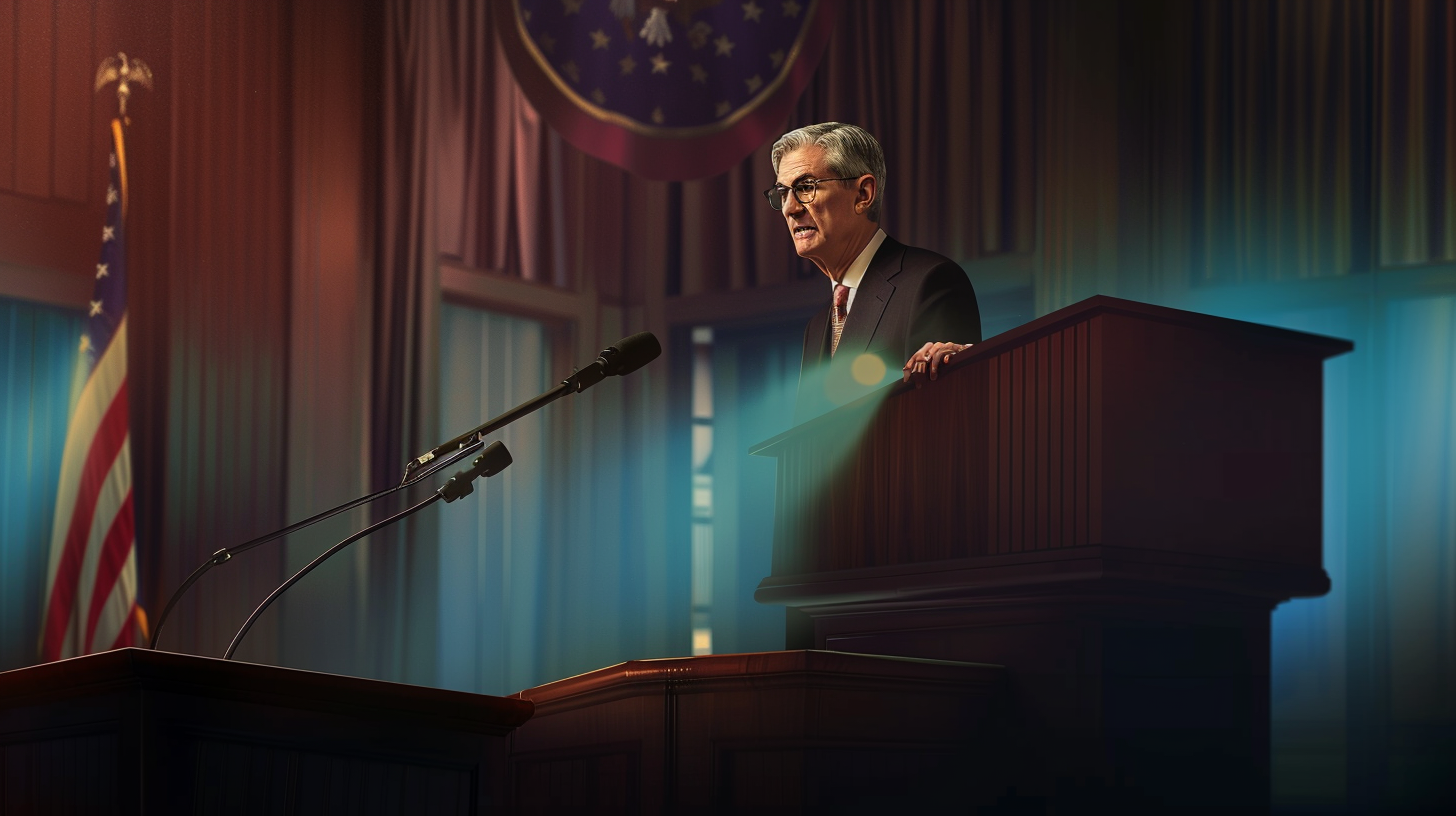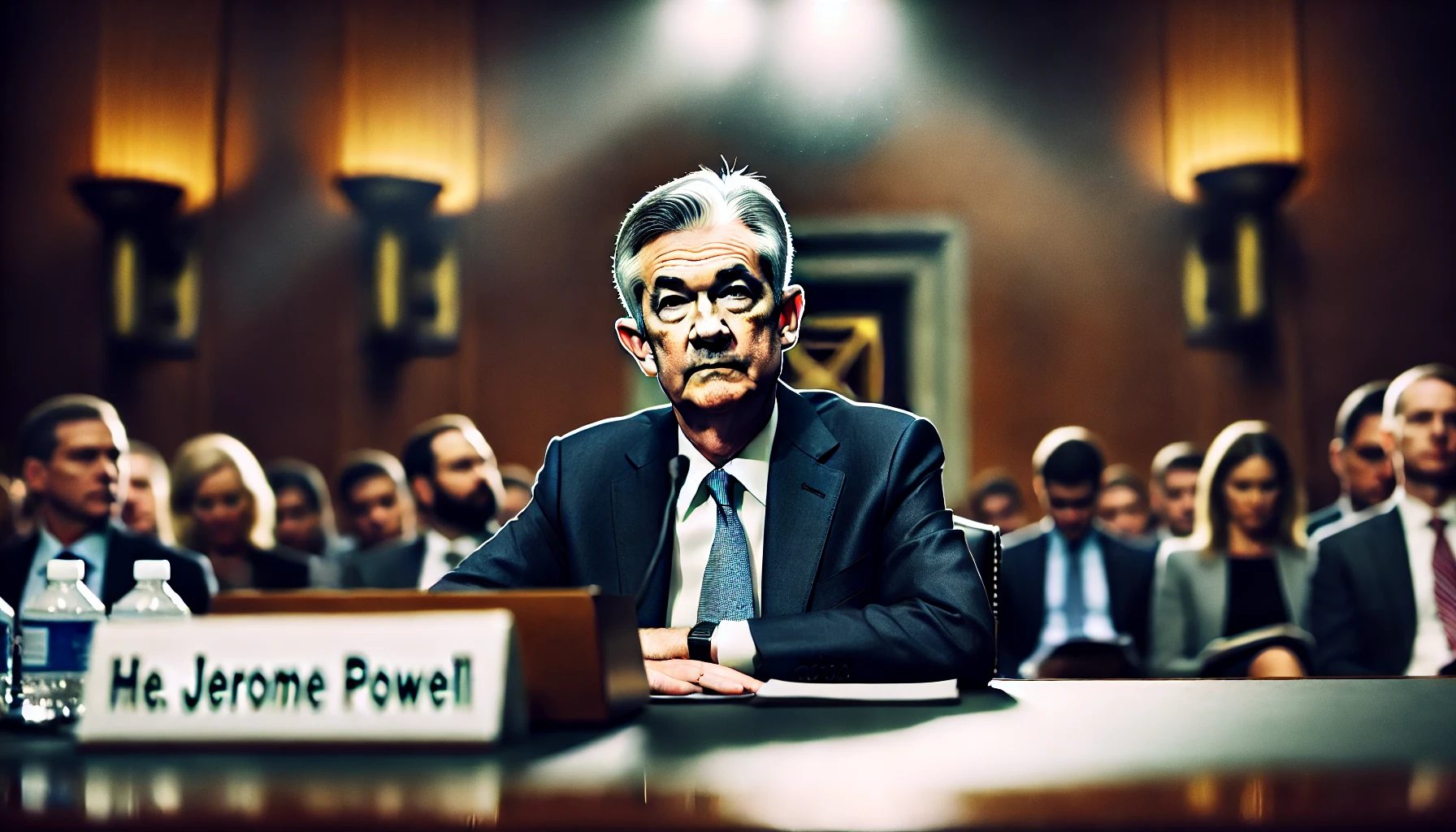| Key Points: – The Federal Reserve held interest rates steady at 4.25%–4.5%, resisting pressure from President Trump to cut. – Trump’s tariffs and public criticism have added political heat to the Fed’s cautious approach. – The Fed cited increased uncertainty, persistent inflation, and solid job growth as reasons to hold. |
The Federal Reserve left interest rates unchanged on Wednesday, defying calls from President Donald Trump to lower borrowing costs as the U.S. economy faces heightened uncertainty tied to new tariffs and global instability. The decision, which keeps the federal funds rate in a range of 4.25% to 4.5%, marks the third straight meeting where rates have been held steady.
Fed officials voted unanimously, with Chairman Jerome Powell signaling a cautious stance in response to evolving risks. While acknowledging increased economic uncertainty, the central bank maintained that the U.S. economy continues to grow at a “solid pace,” supported by a stable job market.
“In considering the extent and timing of any additional rate changes, the Committee will carefully assess incoming data, the evolving outlook, and the balance of risks,” the Fed said in its post-meeting statement.
Trump’s Pressure Campaign
President Trump has been publicly pressuring the Fed to lower rates, arguing that “preemptive cuts” are necessary to counter the economic drag caused by his administration’s new tariffs. Trump has repeatedly attacked Powell on social media, labeling him a “major loser” and saying his “termination can’t come fast enough,” though he later clarified he does not intend to remove Powell before his term ends in 2026.
The president’s trade policy has injected fresh uncertainty into the economic outlook. A rush to import goods before tariffs kicked in helped trigger a contraction in first-quarter GDP — the first economic decline in three years.
Despite these headwinds, Powell made clear that the Fed’s decisions will be driven by data, not politics. “We’re not reacting to any one voice,” Powell said during his press conference. “Our job is to deliver stable prices and full employment — we’ll adjust policy when the facts warrant it.”
Solid Jobs, Sticky Inflation
April’s jobs report showed continued labor market strength, with low unemployment and steady hiring. Fed officials noted this resilience but flagged rising risks around both inflation and employment in the coming months. Inflation remains “somewhat elevated,” the Fed said, citing recent data showing price growth at 2.6% annually in March and a quarterly rate of 3.5% — both above the Fed’s 2% target.
The Fed’s reluctance to cut rates stems from a desire to avoid reigniting inflation, even as growth slows. “We’re watching carefully,” Powell said. “But we want to be confident that inflation is headed sustainably back to target before making further moves.”
A Balancing Act Ahead
The decision leaves the Fed in a holding pattern, waiting to see how Trump’s aggressive trade policies and political rhetoric play out against a backdrop of uncertain growth. Financial markets are now pricing in a possible rate cut later this year, depending on inflation trends and the depth of any economic slowdown.
As the 2026 presidential race begins to loom and Trump ramps up his campaign, the Fed’s independence may come under even more scrutiny. For now, Powell and his colleagues are standing firm — signaling they won’t be rushed into policy shifts without clear justification.

